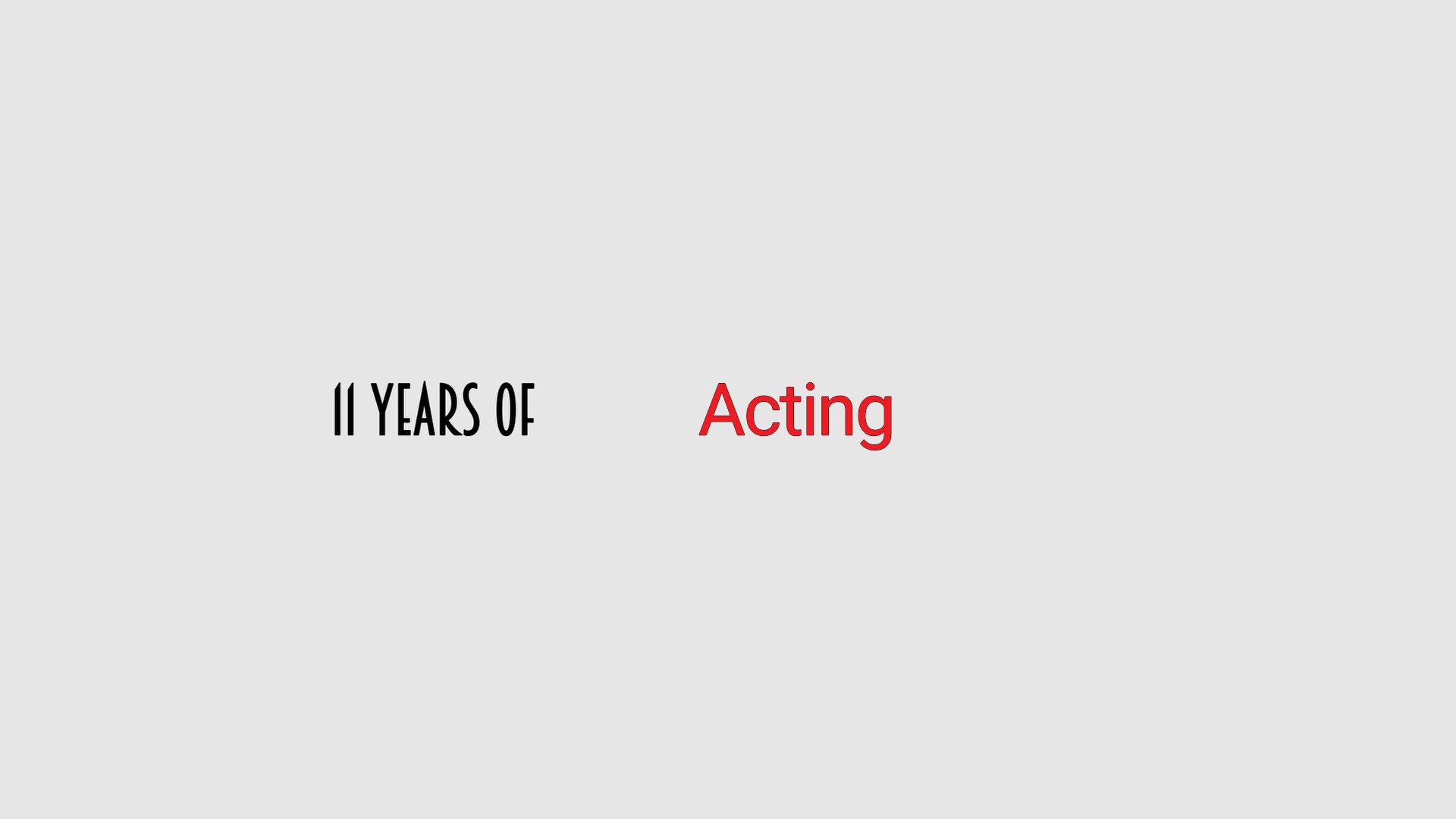How to Do an Irish Accent
- SUZY WOLTMANN
- Nov 3, 2022
- 3 min read
Updated: Nov 28, 2022

When performed well, the lilting brogue of the Irish accent sounds mellifluous and musical. When performed poorly, it can sound campy—even egregious. But what makes one Irish accent good and another bad? Keep reading if you want to learn the pronunciation, inflection, and grammatical subtleties that create an ideal Irish accent.
How did the Irish accent come to be?
Irish accent pronunciation and inflection
How to prepare your Irish accent for an audition
How did the Irish accent come to be?
Although Irish was the first primary language spoken in Ireland and is still recognized by the constitution of Ireland as the country’s national and first official language, English is Ireland’s majority language. English first came to Ireland in the 12th century via Anglo-Norman invaders and eventually became a dominant language. As a result, Irish English—known to linguists as Hiberno-English due to its many variants—is a unique accent with highly recognizable pronunciation practices and a rich lexicon.
The Irish accent has multiple dialects, the most common of which is the Dublin accent. Still, even the Dublin accent has different variations within it. The local Dublin English accent is usually associated with working-class urbanites, while the new Dublin English accent is considered more upper-class elite. A mix of the local Dublin accent used in North Dublin and the new Dublin accent used in South Dublin is the most commonly used Irish accent in Hollywood.
Irish accent pronunciation and inflection
The Irish accent uses unique sounds, melody, and pitch. Vocal coach Madeleine Harvey explains how to hit these components of the Irish accent: To achieve your best Cillian Murphy—who admits that the Irish accent “is one of the hardest ones to do...because it is so variable”—you should:
Use soft vowels: Instead of pronouncing every vowel like you might in your usual accent (especially if you have a Southern American accent), soften your vowels to sound more authentic. Instead of pronouncing “a” like “ay,” it becomes “ah.” Rather than “o” sounding like “owe,” it’s “uh, i.” Finally, “i” goes from “eye” to “oi.”
Emphasize most “r” sounds: Most Irish accents are highly rhotic, meaning the “r” is emphasized. The Dublin accent includes some elements of non-rhoticity, so it’s okay to drop the “r” every so often, but try to emphasize the “r” by placing your tongue farther toward the front roof of your mouth.
Switch “th” and “t” with “d”: Speakers using the new Dublin accent usually pronounce “th” like “d,” so you might say “dere it is” instead of “there it is,” and “den” instead of “ten.” Drop the closing “g”: For words that end with “ing,” drop the “g”: “dancin,” not “dancing.”
Use upspeak: The lilting upward phrase rise is a definitive factor in the Irish accent. Differentiate it from a Valley Girl accent by replacing American fillers (“like,” “um”) with Irish ones (“em”).
Speak quickly, but enunciate: Irish speakers tend to speak very quickly while still being sure to clearly enunciate each sound.
Avoid cliche phrases: Using cliche Irish words and phrases such as “Top o’ the mornin’ to ya!” is sure to out you as a non-native speaker.
Include legitimate sayings: Sprinkle in a few of the following words and phrases common with Irish speakers—just be sure not to use them too often:
“Acting the maggot”: creating mischief
“A pint of the black stuff”: Irish beer
“Bake”: face
“Craic”: a good time
“Eejit”: idiot
“Fluthered”: extremely drunk
“Kip”: dirty or bad
“Manky”: dirty
“Sláinte”: a toast to good health
“Sure look”: mild agreement
“The Pale”: Dublin and surrounding areas
How to prepare your Irish accent for an audition
1. Study Irish accents: To study Irish accents, you can watch Irish films, TV shows, and YouTube videos; listen to Irish radio stations and podcasts; listen to Irish accents on the International Dialects of English Archive; or spend some time visiting the country and immersing yourself in the local sounds. You can also study successful Irish accent examples, such as:
Cate Blanchett in “Veronica Guerin”
Meryl Streep in “Dancing at Lughnasa”
Daisy Edgar-Jones in “Normal People”
It can also be helpful to study less favorable performances of Irish accents, such as:
Cameron Diaz in “Gangs of New York”
Julia Roberts in “Mary Reilly”
The cast of “Wild Mountain Thyme”
Keep an eye—and ear—out for over-the-top (“o’ the mornin’ to ya”) phrasing, butchered brogue, and stereotypical syntax. Spend time thinking on why certain accents work and others don’t, and incorporate that into your own speech. Finally, remember that there are several key differences between Irish and Scottish accents. The Scottish accent shortens vowels rather than softening them, enunciates less, and is less musical than the Irish accent. Focus on your tone to make your accent obviously Irish instead of Scottish.







Comments